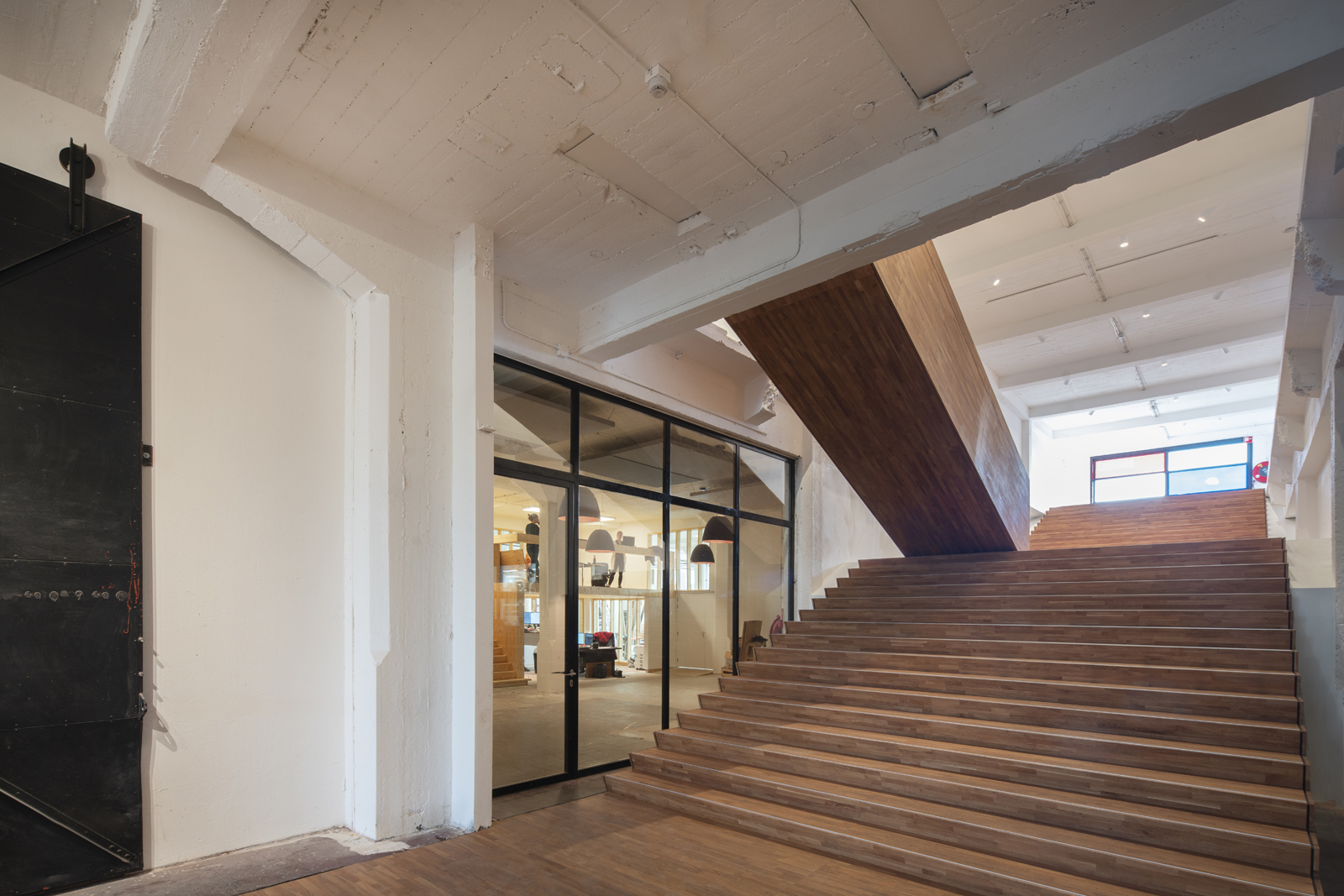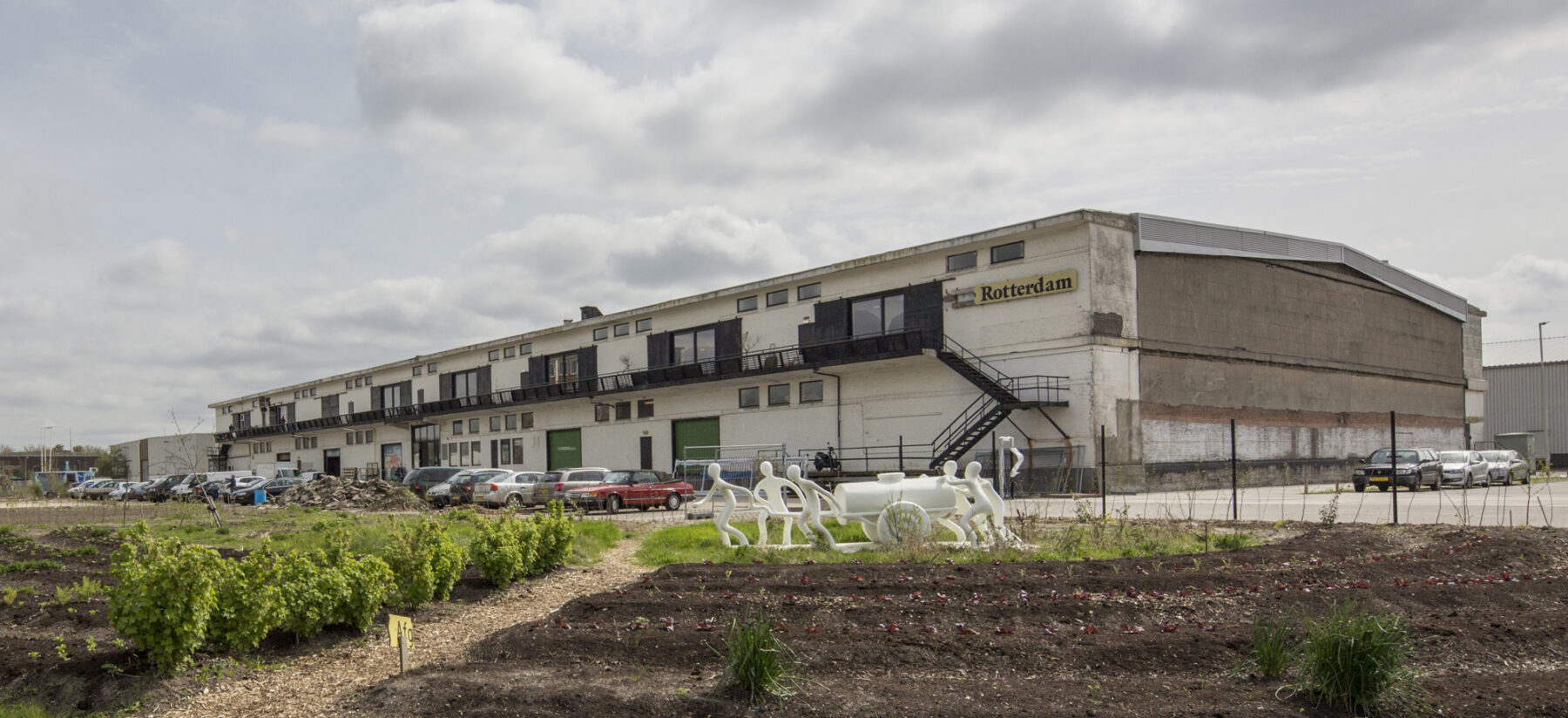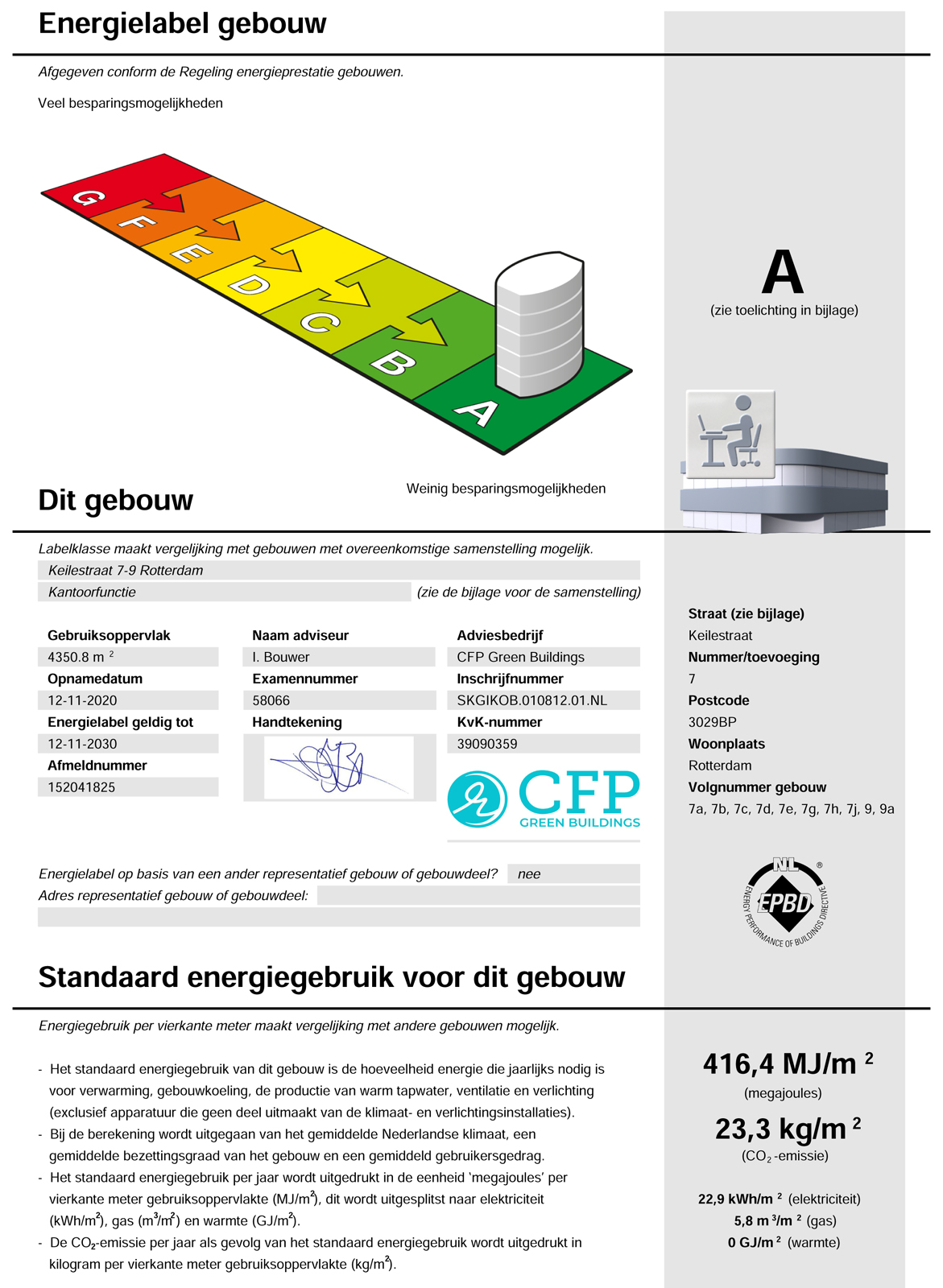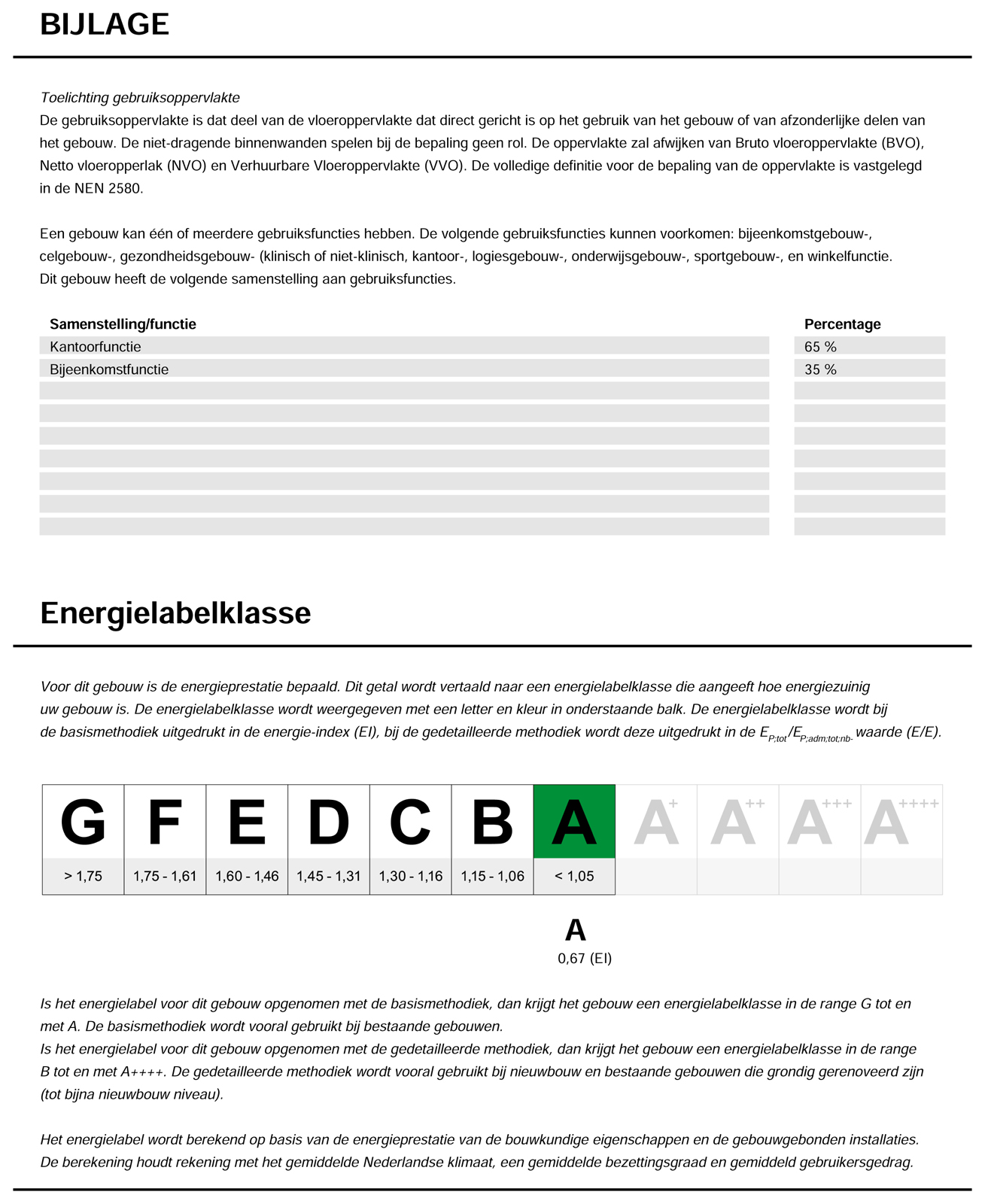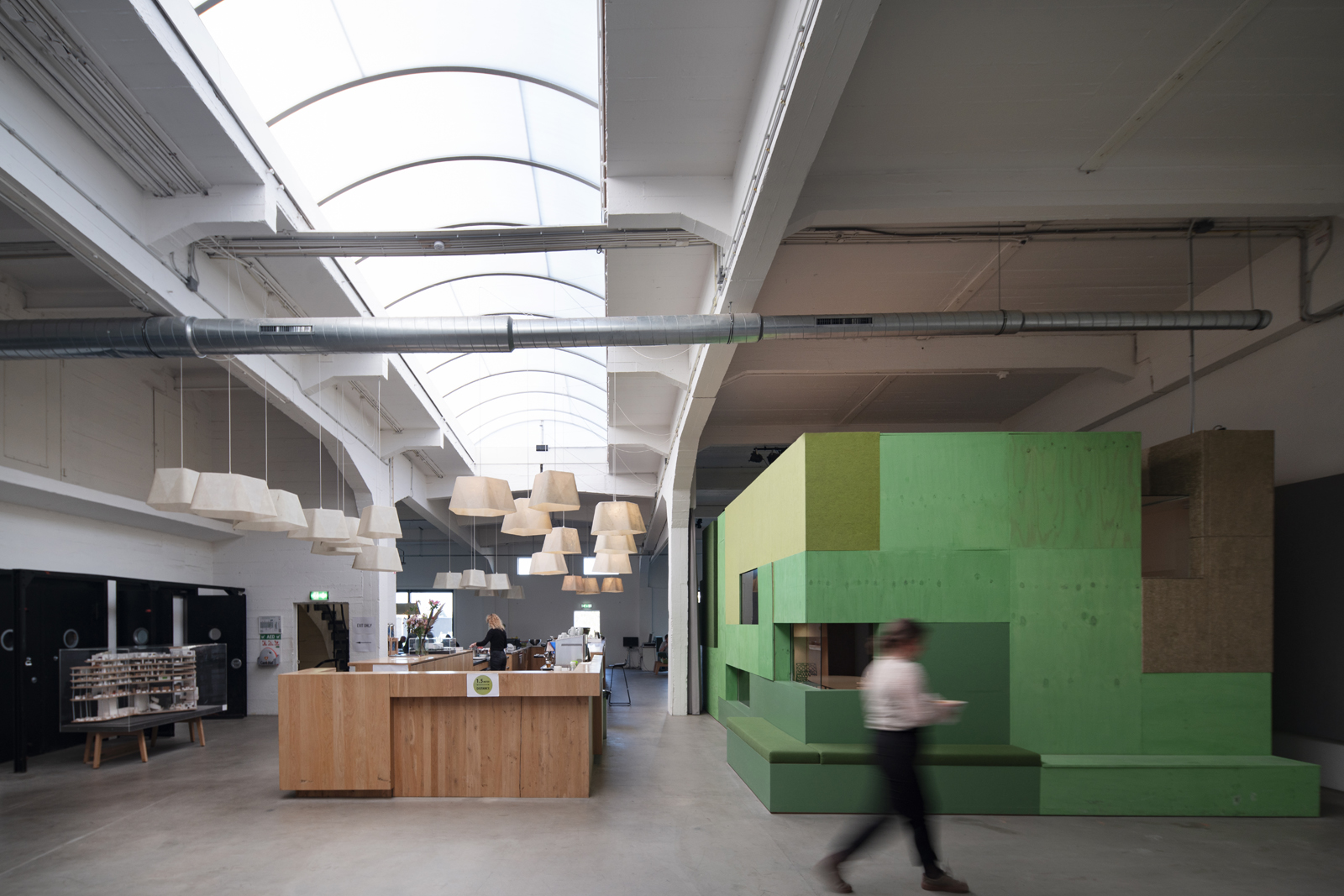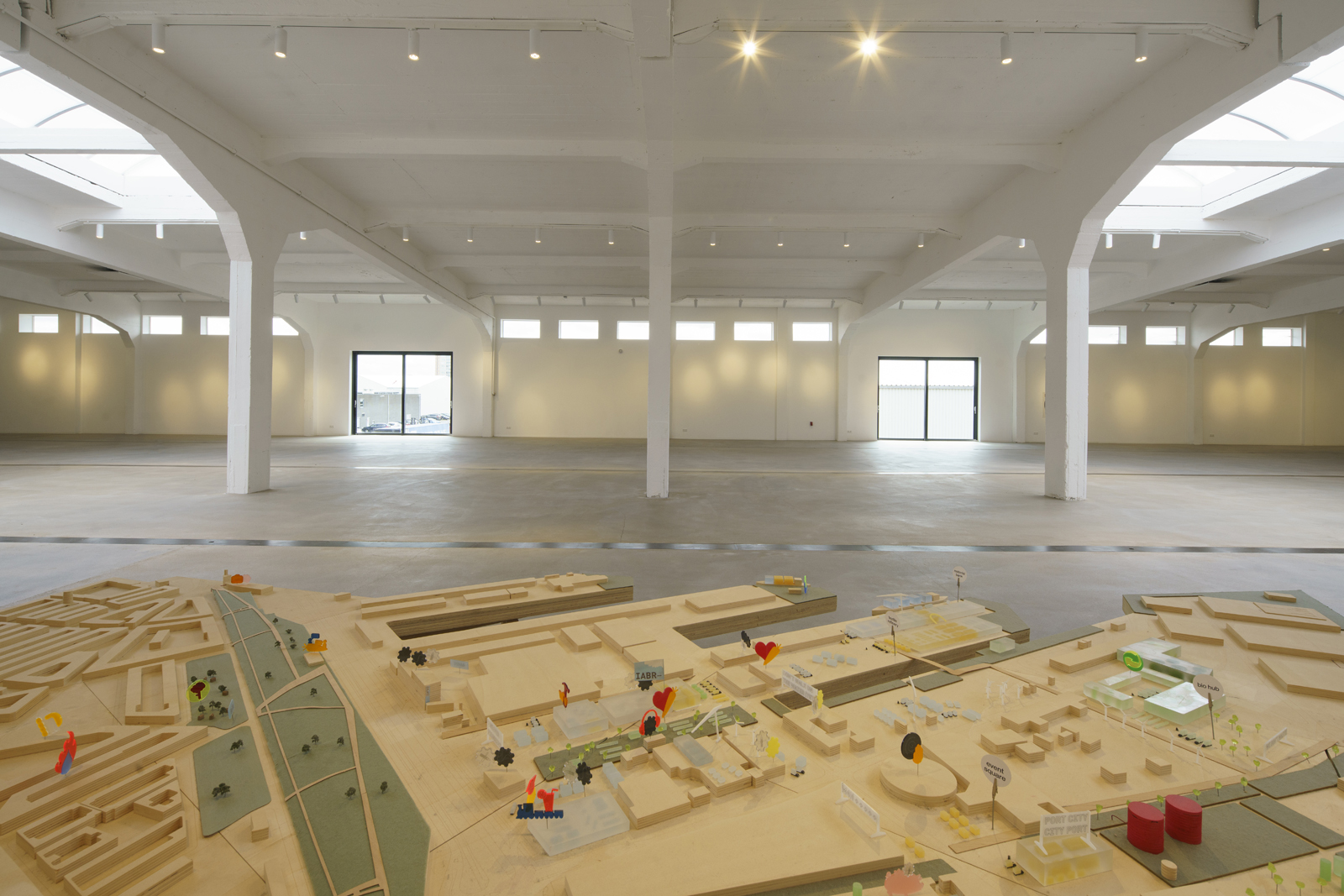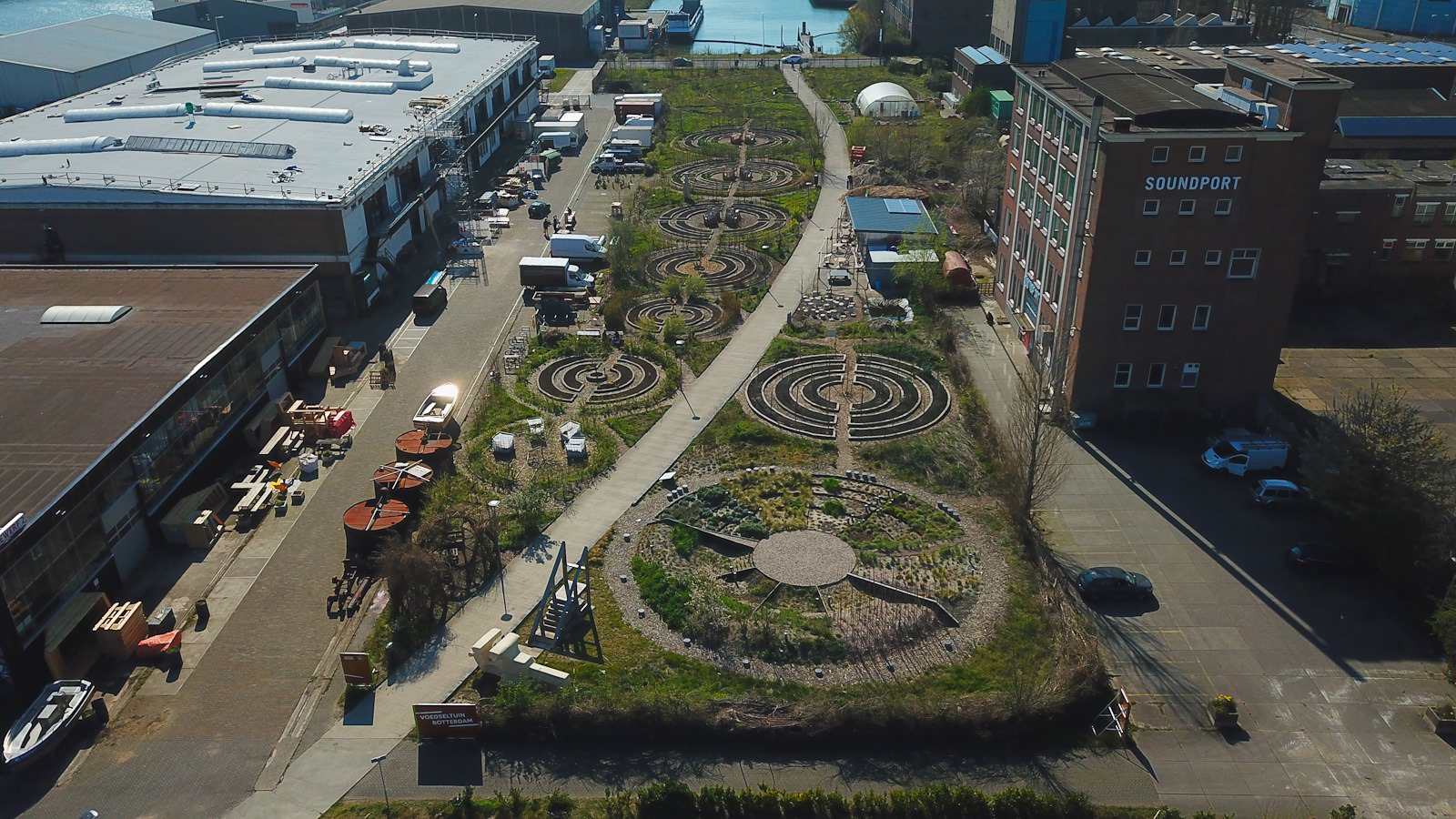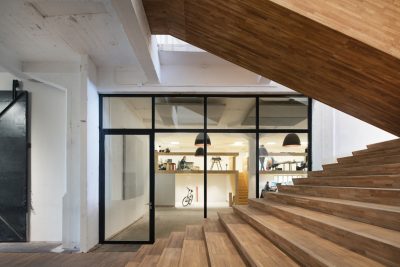From pre-war warehouse to municipal monument with label A
Monuments with an energy label are not yet common.It is not required and interventions seem complicated and expensive. The class A energy label for the Keilepand in M4H Rotterdam shows that far-reaching energy sustainability is possible. Using simple techniques, limited additional costs and supported by the Triodos Bank, the stand-alone building has been renovated to a very energy-efficient level.
The 14,500 m2 Keilepand, a municipal monument built in 1922, has been transformed by GROUP A from a pre-war warehouse for trans-shipment of general cargo into a multifunctional building in which various companies and industries reinforce each other. Of course, the re-use of an old building is sustainable in itself – due to its architectural style and monumental value, it is almost certain that Keilepand will still be there in 100 years’ time – but there are many opportunities to make it even more sustainable.
From G to A
At the start of the renovation, the Keilepand had energy label class G with an energy index of 2.59. It recently received label A, with an official index of 0.67. This means label A+ for new buildings, but this class does not (yet) exist for existing buildings. Insulation of internal walls, external insulation of the roof with a white bitumen finish, underfloor heating and cooling powered by two air heat pumps, LED lighting and heat recovery on the air circulation per room, provide a very pleasant indoor climate.
Energy-neutral
Over the next few years, the addition of solar panels and additional air-to-air heat pumps will make the building even more sustainable and enable to get rid of gas. The Keilepand will then be completely energy-neutral. The building can also contribute to making its surroundings more sustainable. For example, in the near future the rainwater will be used to water the adjacent Food Garden and it is being investigated whether energy can be generated from the waterfall.
GROUP A is co-initiator of the KeileCollectief, a cooperation of companies based in the building and in the Keilekwartier, and is responsible for the design and coordination of the transformation of the Keilepand. With the move to the Rotterdam Makers District, we are joining the pioneers of Merwe-Vierhavens, with the Voedseltuin, Atelier van Lieshout and Studio Roosegaarde as neighbours. In the years to come, the city of Rotterdam will develop this former inner harbour in a sustainable and circular way into a vibrant living and working area, offering space for creative and innovative businesses.
